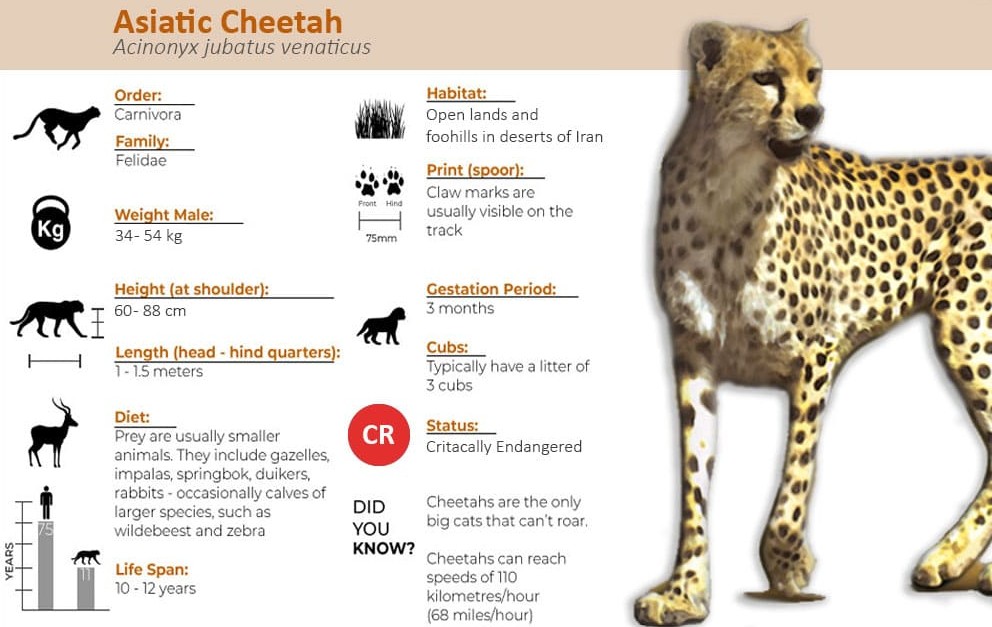Why in the News?
Madhya Pradesh CM has announced that Nauradehi Wildlife Sanctuary will soon become the third home for cheetahs in the State, after Kuno National Park and Gandhi Sagar Sanctuary.
About Nauradehi Wildlife Sanctuary:
- Overview: Largest wildlife sanctuary in Madhya Pradesh, covering 1,197 sq km across Sagar, Damoh, and Narsinghpur districts; located between the Narmada and Ganga river basins, forming a key ecological transition zone.
- Establishment: Declared in 1975 to conserve the Indian wolf (Canis lupus pallipes), the flagship species. Habitat includes dry deciduous forests, scrublands, and grasslands supporting leopard, sloth bear, blackbuck, nilgai, chital, and hyena populations.
- Upgradation (2024): Elevated to a Tiger Reserve to strengthen protection and become eligible for Project Cheetah under the National Tiger Conservation Authority (NTCA).
- Connectivity: Linked with Panna Tiger Reserve and Satpura Tiger Reserve through the Nauradehi–Panna corridor, ensuring gene flow across Central India’s forest landscapes.
- Habitat Characteristics: Open woodlands, scrub forests, and wide grass patches with undulating terrain ideal for high-speed pursuit predators like cheetahs.
- Prey Base: Rich in blackbuck (Antilope cervicapra), chital (Axis axis), nilgai (Boselaphus tragocamelus), and wild boar.
- Environmental Setting: Moderate rainfall, tributaries of the Narmada River, and dry tropical climate create a balanced hydrological regime.
- Scientific Endorsement: Recognised by Wildlife Institute of India (WII) and NTCA as among India’s most feasible future cheetah habitats.

Cheetahs and their Reintroduction in India:
|
| [UPSC 2012] Consider the following: 1. Black-necked crane 2. Cheetah 3. Flying squirrel 4. Snow leopardWhich of the above are naturally found in India?(a) 1, 2 and 3 only (b) 1, 3 and 4 only* (c) 2 and 4 only (d) 1, 2, 3 and 4 |
Get an IAS/IPS ranker as your 1: 1 personal mentor for UPSC 2024

